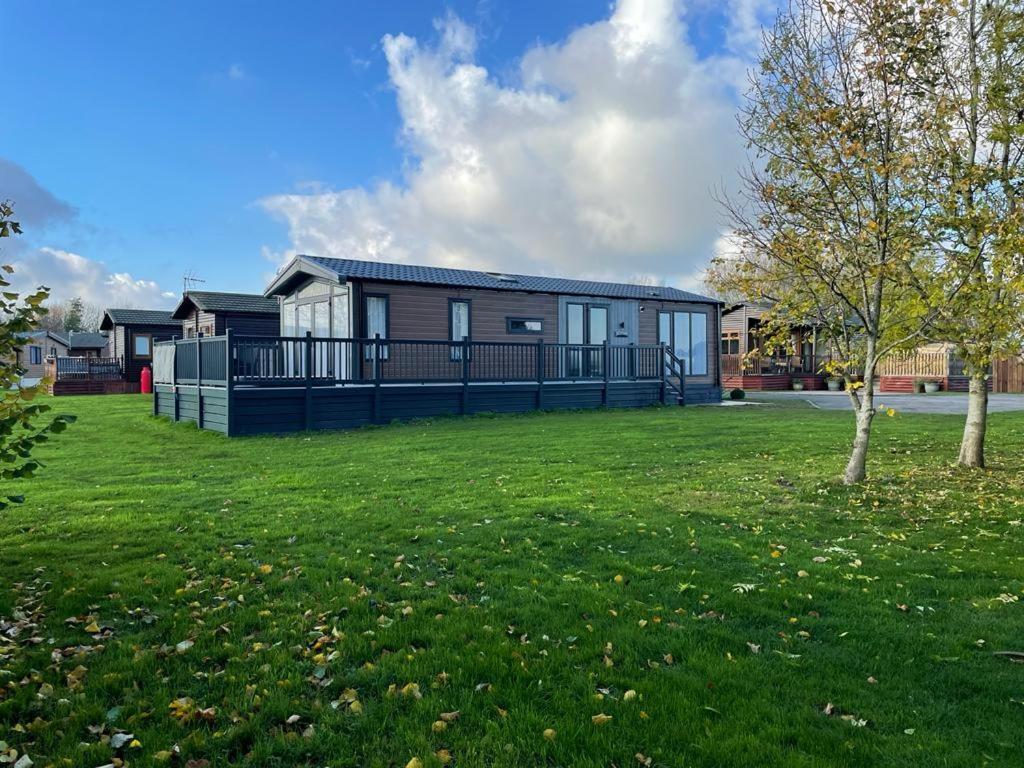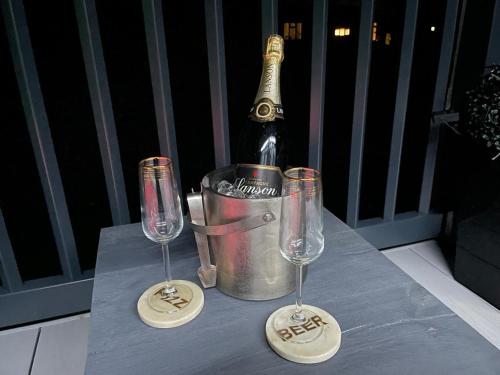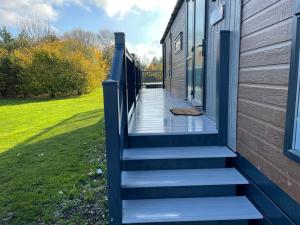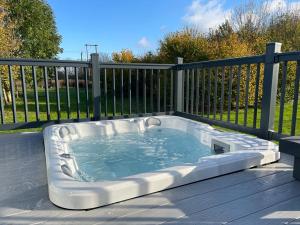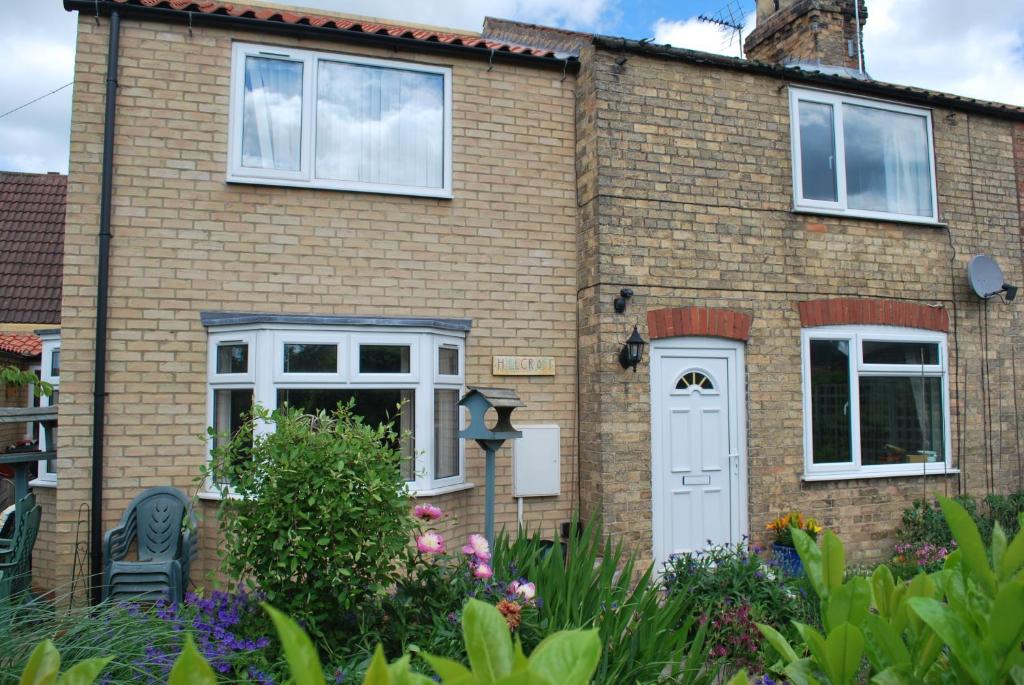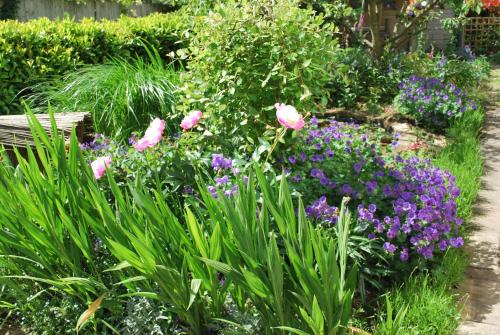Mentioned by Lonely Planet
Must see attractions in York, England


"Perched atop a grassy motte is Clifford’s Tower, which is one of the last remaining parts of York Castle. Originally built out of wood by the Normans, it was reinforced and rebuilt out of stone in the thirteenth century and the sturdy keep is now a popular tourist attraction in York. Wrecked by a massive explosion in 1684, its hollow, gutted interior was later used as both a prison and treasury."
"Clifford’s Tower is another one of the cities most famous attractions. Whilst taking photos from outside of the tower is completely free of charge, ticket fees do apply if you wish to go inside. Once inside, you can check out some great views of York from the top."
"The tower stands high next to York Castle Museum with views over York. Clifford's Tower was built at the Eye of York, a defensive position between the River Ouse and River Foss. Built in 1068 by William the Conqueror to control the North of England."


"As the name implies, York’s Merchant Adventurers were merchants. They traded along the English coast, northern Europe and sometimes as far as the Baltic and Iceland, bringing back an assortment of desired goods to York. The city was an important river port and the wealthiest city in Northern England, second only to London for most of the Middle Ages, allowing the merchants to make enough money to build the Hall between 1357 and 1361."
"Merchant Adventurers’ Hall on Fossgate is one of the finest medieval guild halls in existence. A fascinating museum also available for weddings and events (great vintage fairs take place here), the venue’s centrepiece is the Great Hall where medieval merchants once gathered. A collection on display inside includes a range of fine silver, paintings and furniture."
"Another excellent photography spot and Instagrammable place in York is the Merchant’s Hall. The Merchant’s Hall has one of the most impressive guildhalls in the world, and sometimes you can get it empty – it’s incredible for photos."

"Just a short drive from the city center you can find the York Cold War Bunker which is unlike any of the other historic attractions in the area. Wonderfully well-preserved, it dates to 1961 and is the only Royal Observer Corps bunker of its kind that you can take tours around. Once one of around thirty such sites in the UK, it was in this semi-subterranean two-storey bunker that members of the Corps and a scientific warning team would have sheltered in the event of a nuclear war."
"Experience life in a cold war bunker and discover the history of the volunteers who would have played a vital role in ensuring Britain could withstand a nuclear attack. Through a one hour guided tour, you’ll learn about this recent period in British history and how the people of York prepared for the threat of nuclear war."

"In the secluded valley of the River Rye about 3 miles west of Helmsley, amid fields and woods loud with birdsong, stand the magnificent ruins of Rievaulx Abbey (ree-voh). The extensive remains give a wonderful sense of the size and complexity of the community that once lived here, and their story is fleshed out in a series of fascinating exhibits in a new museum. There's also a cafe with floor-to-ceiling windows and outdoor terrace from which to gawp at the ruins."

"Located between Leeds and Wetherby, Bramham Park is the site of the iconic Leeds Festival which occurs every August bank holiday weekend. If you don’t hold tickets to the festival, visit during the rest of the year to explore the 18th Century manor house and its sprawling grounds."



"This pink facade building on St. Helen’s Square (near Betty’s Tea Rooms) is the official residence of the Lord Mayor of York and has only recently opened to the public. The grand, 800 year old house showcases collections of silverware and ceramics, ceremonial items used by the Lord Mayor as well as recreated 18th century bedrooms and dining rooms. The downstairs kitchen has interactive exhibits and equipment to learn about Georgian cooking ."
"The Georgian-style Mansion House in York is the home of the city's Lord Mayors during their term in office. This is the earliest purpose-built house of this sort still in use – it predates the Mansion House in London by at least 20 years. The foundation stone for the building was laid in 1725, and it was completed seven years later, in 1732."

"The Raj is an authentic Indian restaurant proudly owned and run by an Indian national, so you are guaranteed the best of the cuisine. The Raj takes on a contemporary style of Indian cuisine without disregarding the rich flavors behind it. The place is considered a hidden gem in York, and those who have discovered it leave impressed."


"A warm & friendly welcome at this authentic Thai restaurant with amazing cocktails & superb curries. 29 Yorkersgate, Malton YO17 7AA01653 692865tuisofmalton.com"


"The Museum Gardens are potentially my favourite place in the whole of York. Regardless of the time of year, the Museum Gardens always look in pristine condition and there are ample places for you to get a good pic for the ‘gram. From St. Mary’s Abbey that provides an idyllic historic backdrop, to the plethora of trees, plants and flowers that are scattered all over the gardens, as well as the Yorkshire Museum, the Museum Gardens are an incredible place for taking pictures."
"In the Museum Gardens in York, you will find the ruins for the St Mary’s Abbey, Roman ruins and the York Botanical Gardens. On a beautiful day, they would be a brilliant place for a picnic or a lazy afternoon tea. The York Museum Gardens are located centrally next to the River Ouse"
"In the grounds of the peaceful Museum Gardens, you can see the Multangular Tower, a part of the City Walls that was once the western tower of the Roman garrison's defensive ramparts. The Roman stonework at the..."

"Thomas Atkinson, an 18th century English architect, is famous for remaking the Bishopthorpe Palace in York in the Gothic Revival style. Though a rather influential figure of his time, very little is known about Atkinson's private life. His house, located at 20 St. Andrewgate, is one of the sparse evidences of his life in York."



